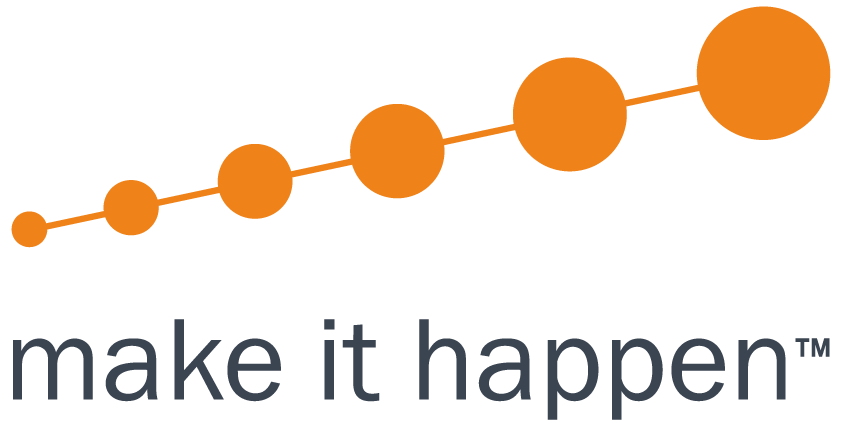Customer personas are essential to any organisation, but they're especially important for B2B and non-profit organisations. They help create marketing messages that speak directly to the needs of your customers or donors and guide your organisation to make decisions that are in the best interests of your target audience (and therefore your bottom line).
It doesn't matter if your customers are internal or (as yet) undefined, a persona is an important part of any B2B or non-profit marketing strategy.
What is a customer persona?
A customer persona is a representation of your ideal customer. It contains information about their demographics, psychographics, buying habits, goals, aspirations, and other facts that you can use to create content that will appeal more to them. In an ideal world, customer personas are created using information from customer research, but they’re often used as interim goalposts by organisations without the time or resources to conduct market research.
Why are personas important for B2B and Non Profit organisations?
B2B and non-profit organisations depend on customer personas to create content that appeals to buyers. Personas are nothing more than a type of marketing persona made up of an individual’s attributes, which is then extrapolated into different target audiences for specific industries.
Personas are a way of focussing attention on specific individuals or groups. They are typically based on real people, which makes them more believable. Personas are used to identify what motivates customers, what they need from the company, and how to improve their experience with the product or service. A well-formed persona can provide valuable insights for:
- website design
- branding strategies
- promotion strategies
- customer communication tactics
- sales approaches and donation drives
Both B2B and non profit organisations need to stand out in busy marketplaces. Let’s use a non profit organisation as an example.
For a potential donor who particularly cares about cancer research, a quick online search will bring up tens or hundreds of charities. Understanding what your prospects care about and look for will help you capture the donors over your competitors. For example, are they looking for charities that focus on children, adults, or does that not come into their consideration. Are they looking to donate money, time, or both? What kind of emotional triggers appeal to them, and what kind of needs are they seeking to fulfil?
Knowing who you are talking to also defines what you ask. For example, younger populations might be more receptive to one-off donations for volunteering their time, while elderly populations would be more receptive to information about bequests. Sending youth information about bequests or elderly people request for physical assistance is a waste of your time and resources.
Understanding which messages your different personas need to receive and how to best send out that communication allows you to increase your efficiency. Make the best use of your resources by understanding in detail where you can repurpose messaging and where you need to create differentiated messaging.
The more you know about what drives people,
the more you can appeal to them.
Steps to creating a customer persona
While many customer persona templates online tend to focus on demographic information like age and marital status, the real gold lies in other psychological information. Understanding your customers’ psychological and emotional drivers, their goals, and their behaviours is more important than age or how many children they have.
An alternative way of building out your customer persona is through the lens of the jobs-to-be-done framework.
The customer jobs-to-be-done (JTBD) theory is a marketing strategy that focuses on the customer's needs and what jobs they need to get done. This theory was first proposed by Harvard Business School professor Clayton Christensen in his article "Marketing Malpractice: The Cause and Cure". The theory states that customers are not just purchasing products, they're hiring products to do work for them. This work can be anything from getting them from point A to point B to providing entertainment.
Keep this in mind while you gather information about your ideal customers, either through market research or through hypothesising. The more you know about them, the better able you will be to design a product or service that suits their needs.
Once you’ve gathered your information, collate it into a profile with a memorable name and picture to help you visualise and refer to the persona.
How to use the information from your customer personas
Marketing personas can be used widely across your organisation, including your sales teams, your customer support teams, your marketing and branding teams, and your content strategies.
Once you have your customer personas, the next step is to create a buyer journey. A buyer journey tells you which channels are most effective for reaching customers. It helps you focus on the right message at the right time for the right audience. The secret to success with this approach is providing content that is relevant and helpful to potential customers. Keep an eye out for part 2, where we’ll dive into the customer journey map!

